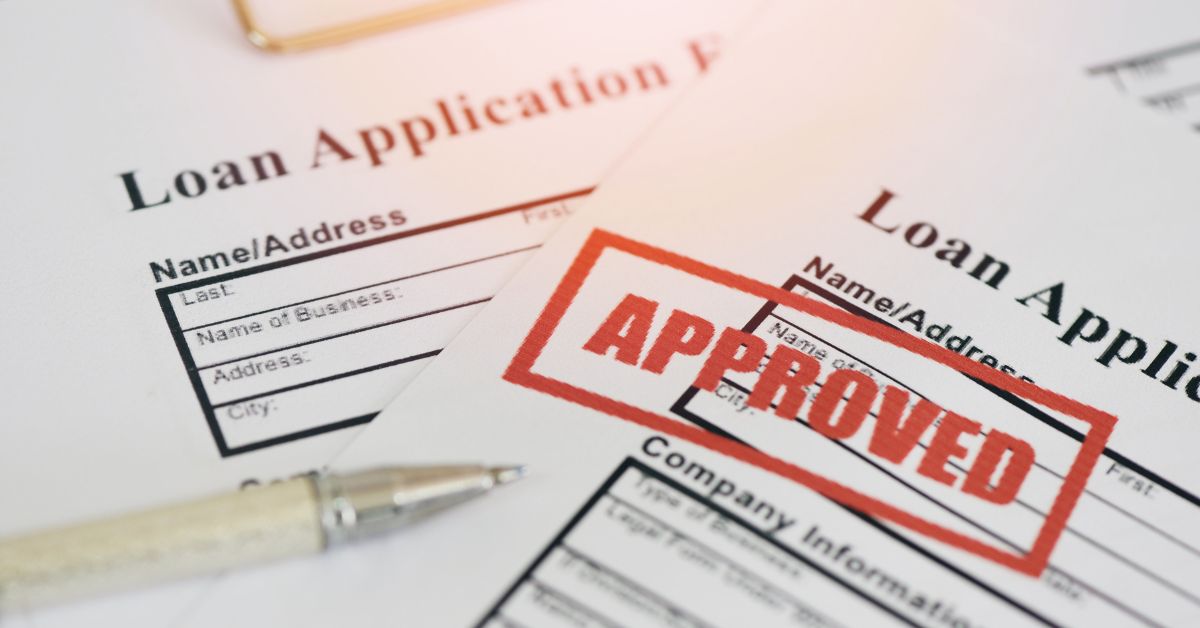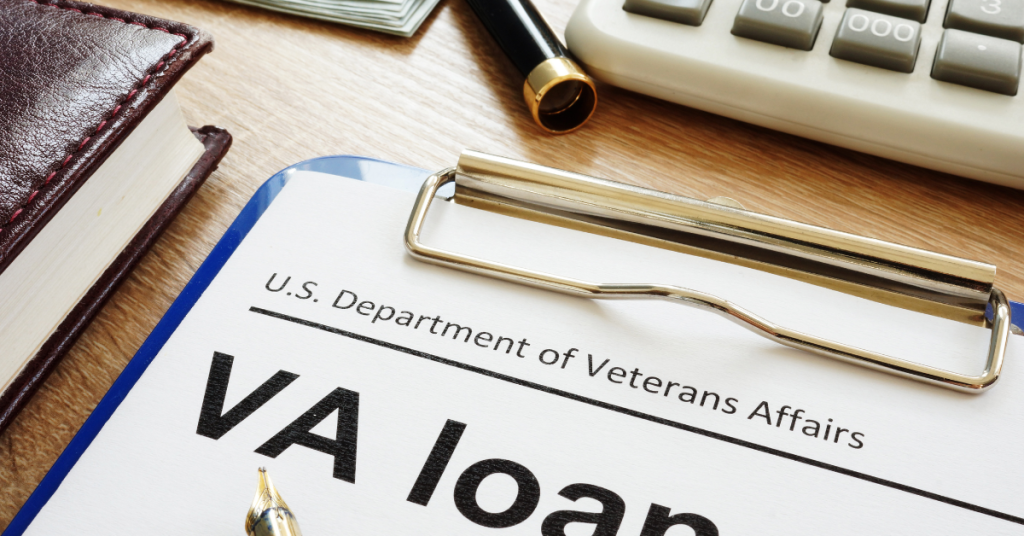Navigating real estate and mortgages can often feel like diving into uncharted territories, particularly with terms like ‘VA loans’ and ‘simultaneous closing (SIMO).’ Picture this – you’re a veteran or active military member, eager to carve out a small piece of the world to call your own. But the path to that dream is strewn with mortgage complexities and jargon that seem utterly alien.
Sounds intimidating? Well, it doesn’t have to be. Let’s unravel these knots, starting with a powerful financial tool designed exclusively for you – the VA loan. We will explore a unique aspect of these loans. With years of involvement in loan financing, I have learned that understanding these could open doors – quite literally – to grounding your dreams of homeownership.
The VA Home Loan
A VA loan, issued by private lenders and partially guaranteed by the Department of Veterans Affairs, stands as a beacon of hope and support for veterans, service members, and qualifying spouses aiming to achieve the milestone of homeownership.
Vital aspects of this loan type are VA home loan prequalification and the certificate of eligibility, a document signifying the applicant’s entitlement and, thus, their qualification for the loan. Plus, opting for VA home loans has the following benefits:
- Competitive interest rates
- No down payment requirement
- No private mortgage insurance (PMI)
However, first-time homebuyers using a VA home loan may be surprised by the extensive documentation required for approval. Understanding the ins and outs of the entire process can smoothen your journey to obtaining a loan.
Entitlement in VA Loans

The concept of entitlement, integral to the VA loan process, is often misconstrued, yet it frames a critical component of understanding how VA-approved mortgages work. Essentially, ‘entitlement’ refers to the amount the Department of Veteran’s Affairs pledges to repay the lender if the borrower defaults.
It acts as a form of insurance, providing lenders with assurance and enabling veterans to secure new VA loans without a down payment. Remember that Veterans lacking adequate entitlement can’t finalize a VA home loan. Working with a professional loan officer can help to restore their entitlement.
Here are the steps involved in getting an entitlement:
- Review: Eligibility for a VA loan entitlement requires a comprehensive assessment of the applicant’s veteran or military status, length and nature of service, and other related criteria. The framework by the Department of Veterans Affairs ensures that these exclusive benefits meet those who genuinely qualify for them.
- Certificate of Entitlement: Obtaining this certificate validates the applicants’ claim for the entitlement, asserting that they are eligible candidates for a loan.
Interested applicants can secure their Certificate of Entitlement by completing form 26-1880, a hard-copy format supplied by the Department of Veteran’s Affairs. The document requires relevant personal and service information before submission, post which the loan eligibility is confirmed.
The entitlement does not represent the loan amount you’ll receive but rather the loan portion the VA is willing to back. This gives the VA lenders assurance, allowing them to offer loans to veterans without requiring a down payment.
Simultaneous Closing in VA Loans
SIMO is an approach where two transactions happen concurrently, a purchase and a resale. In the context of VA loans, it adds an intricate layer to the process.
Delays in the buyer’s signing can disrupt the entire process, as sellers depend on the proceeds for their down payment or subsequent home acquisition. If the buyer fails to materialize, the funds required for the next home become inaccessible.
Also, SIMO may lead to extra-legal and financing complexities. Hence, such a method should involve adept real estate attorneys to oversee the transactions, ensuring the process’s legality remains intact.
Advantages and Disadvantages of SIMO
The SIMO financing strategy involves purchasing a property “on paper” to sell it immediately. With SIMO, the buyer gets the property’s rightful title and will dutifully remit mortgage payments to the esteemed investor, thus effectively expunging the seller from forthcoming transactions. This table shows the advantages and disadvantages of SIMO:
| Advantages | Disadvantages |
|---|---|
| Savings on closing costs | A complex process requiring careful coordination |
| It can be faster and more efficient | Dependence on multiple parties can cause delays |
| Allows borrowers to use proceeds from selling one home to buy another | Risk of losing the purchase if the sale falls through |
| It provides more flexibility in timing | Miscommunication can lead to errors or delays |
| Reduces the need for temporary housing or a bridge loan | It may not be suitable for all buyers |
Vetting Buyers in VA Loan Closing

The assurance that a buyer has the financial capability to follow through with a home purchase is crucial, particularly regarding loan finalizing. This vetting process involves several stages and key actors, including lenders, listing agents, buyers, and sellers.
The Department of Veterans Affairs forbids lenders from billing borrowers for certain closing-related expenses known as VA non-allowable fees. These restrictions are intended to provide veterans with an affordable home-buying experience and safeguard them from excessive fees.
The Role of Sellers and Listing Agents
Sellers often receive many offers, especially in a seller’s market. It becomes the responsibility of the listing agent to thoroughly review these offers to ensure the buyer’s credibility and the probability of finalizing successfully.
Sometimes the seller may require an earnest money deposit VA loan to act as a commitment to acquiring the property.
Essential Tips for Streamlining SIMO
Managing SIMO with VA loans can be a complex process, but with these strategic tips, one can steer through it smoothly and efficiently:
- Include Enough Time: Avoid rushing the process because rushing might increase the chances of overlooking important details. Sufficient time allocation allows for a more thorough and accurate operation.
- Order All Inspections Early: Ensure home inspections, appraisals, and other necessary assessments are completed early. This can help prevent any last-minute surprises that may delay the process.
- Use the Same Settlement Agent: Using the same settlement agent for both transactions can ensure better synchronization and smooth communication. This can usually expedite the process.
- Choose an Experienced Lender: A lender well-versed with loans and SIMO can guide you through the intricacies of the process. Their experience could be vital in achieving a successful finalizing.
- Pick a Good Realtor: A competent realtor guides you from start to end and liaises between you and other parties involved. Their knowledge can be invaluable in navigating the challenges of SIMO.
- Close in The Morning: By planning to close earlier in the day, you allow more time to deal with any unexpected issues that might crop up without rolling over to another day.
Keeping these tips in mind, you can effectively steer the SIMO process, transforming a daunting task into a manageable one while maximizing the benefits of your VA loan.
From Vision to Reality: Leverage SIMO

SIMO has emerged as a valuable strategy in an ever-evolving real estate landscape. It offers a smooth transition between buying and selling your current home if precisely leveraged.
With the proper guidance and an understanding of the VA loan benefits, entitlement, and the role lenders play, embarking on this adventure need not be intimidating. Instead, it can be the key that unlocks your dream home, paving the pathway to a secure and peaceful future. Remember, every journey begins with a single step. Based on my extensive experience in homeownership, that step could very well be understanding SIMO.
Frequently Asked Questions About Simultaneous Closing With VA Loans
Can you use a VA loan simultaneously?
Yes, you use it but with a specific context. If you have paid off your first loan and sold the property, you get your entitlement restored full entitlement to using another VA loan. In some cases, you might not even need to use your entire entitlement for the first loan and have what’s referred to as ‘second-tier entitlement,’ which can be used concurrently for a second property.
How fast can a VA loan close?
The speed at which a VA loan closes essentially depends on multiple variables in the lending process. While each loan’s circumstances differ, on average, you should expect the process to take around 30 to 45 days from loan application to the end. However, it’s important to note that these timelines can fluctuate based on factors like loan volume, whether you’re purchasing or refinancing, and the specifics of the loan application.
How can I use my VA loan twice at the same time?
You can use your VA loan twice through second-tier entitlement. This is available to veterans and service members who have partially used, but not exhausted, their loan entitlement. Second-tier entitlement allows qualified veterans to purchase a second property without a down payment, even when they already use a loan for their primary residence.






